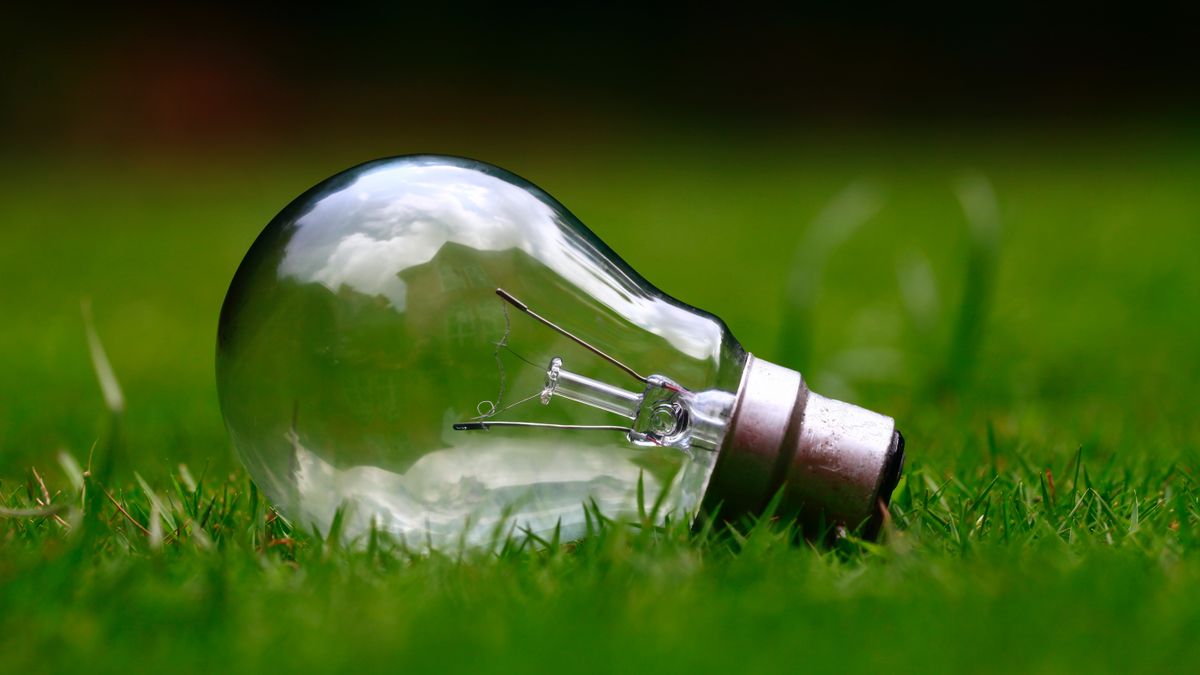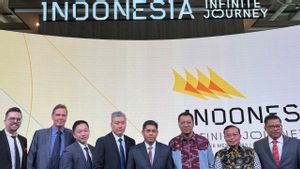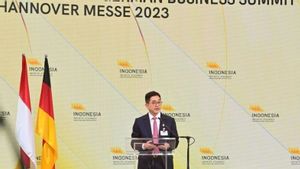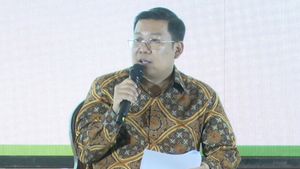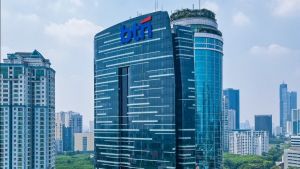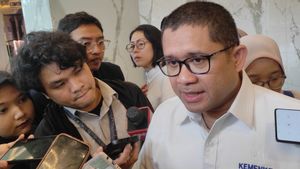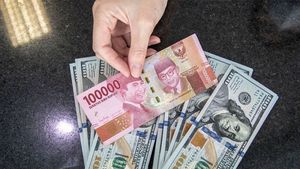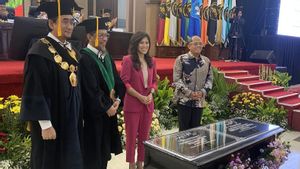JAKARTA - In front of German investors, at the opening of Hannover Messe in mid-April 2023, President Joko Widodo (Jokowi) had stated that he would close all coal PLTUs by 2025, which was then clarified to 2050.
Apart from the revision in the early retirement year of the PLTU, at the same time, the government is still allowing the construction of a captive coal PLTU in the Indonesian Green Industrial Estate (KIHI).
As an illustration, the KIHI project will be located in three villages (Land of Yellow, Mangkupadi and Binai), in Bulungan Regency, North Kalimantan. This project started with ambitions in 2015 to make Bulungan the largest industrial area and industrial port in Indonesia.
In 2022, along with the announcement of support for the Just Energy Transition Partnership (JETP) program of US$20 billion or around Rp314 trillion, the area, which was previously called the Industrial Estate and Port of Indonesia, has changed to become Indonesia's Green Industrial Estate.
Currently, Indonesia's Green Industrial Estate is going through the early stages of planning. Of the 30,000 Ha total land, only 9,500 Ha areas are ready to be developed, namely through the authority of PT Kalimantan Industrial Park Indonesia (PT KIPI).
Through the AndAL 2021 data, it is known that there will be two zones in it, namely the Blue Zone (Blue Zone) and the Green Zone (Green Zone), which in the caption, the Blue Zone is declared as an area that is still supported by coal plants. The Green Zone area will have an area of 2,196.56 Ha, while the Blue Zone is 3,910.41 Ha, or almost double the area of the green zone.
Contradicts related to the development of green industrial areas do not end there. One of the private companies engaged in coal mining became the main player with an aluminum smelter project worth US$728 million at KIHI. Meanwhile, Chinese company Tshingshan is known to be ready to spend US$28 billion in nickel smelter development.
Both companies have not escaped controversy. The players in the mineral downstream sector have had a bad reputation in environmental management.
An interesting statement from Hannover also occurred when President Jokowi stated, in 2023, the amount of renewable energy in Indonesia was at the point of 23 percent. This figure refers to the target of the new renewable energy mix (EBT) in 2025.
另请阅读:
"In fact, in 2023, the EBT mix was recorded to only reach 13 percent or only increased by 1.5 percent from the amount of renewable energy two years earlier, in 2021, which was 11.5 percent. Realistically, should we ask whether it is possible that in the next two years (2025) we can achieve a 10 percent increase in the portion of EBT?" said Celios researcher Atinna Rizqiana in a written statement received by VOI, Wednesday, April 26.
In addition to the problem of the target of the EBT mix which is not in sync with ideal conditions, efforts to carry out the total closure of the PLTU are also questioned. This is evident in the 2021-2030 Electric Power Supply Business Plan (RUPTL), which PLN is still targeting an additional PLTU capacity of 13.8 GW.
In addition, there are several PLTU captive (area) that will be built simultaneously in various nickel and aluminum smelters, such as in Morowali, Weda Bay, to North Kalimantan.
The English, Chinese, Japanese, Arabic, and French versions are automatically generated by the AI. So there may still be inaccuracies in translating, please always see Indonesian as our main language. (system supported by DigitalSiber.id)
